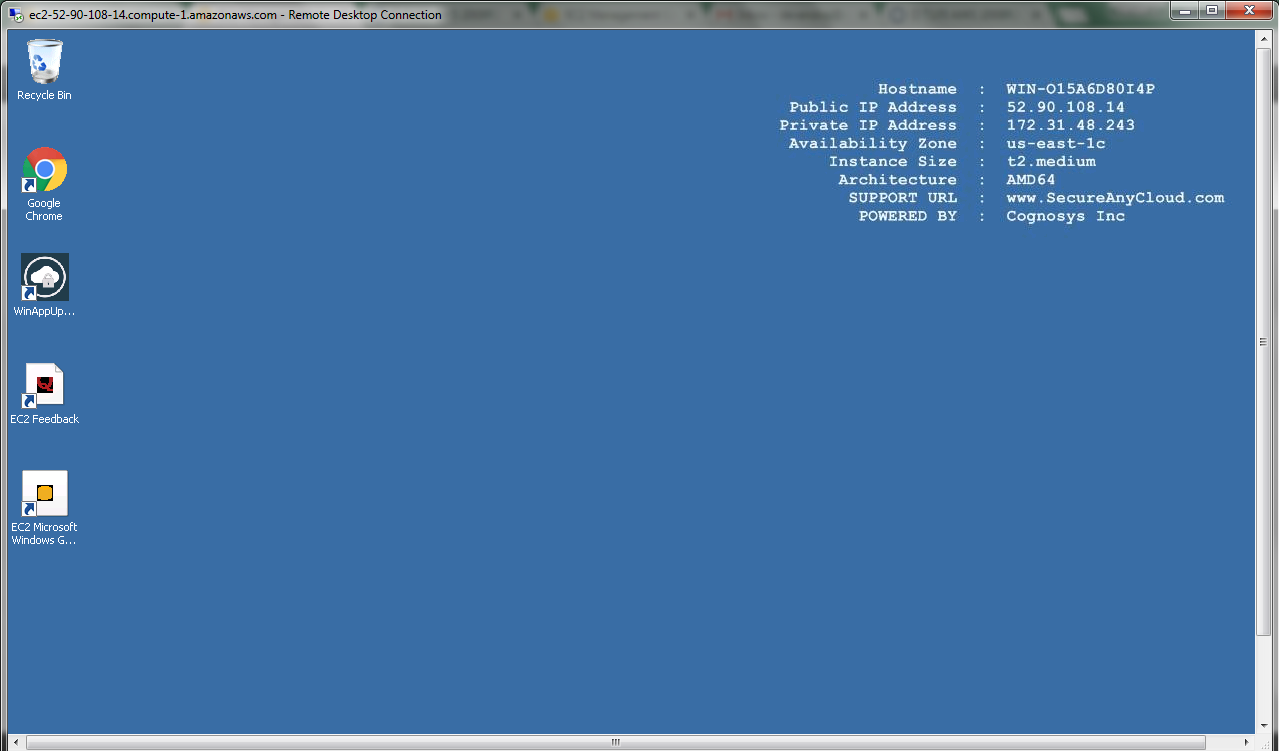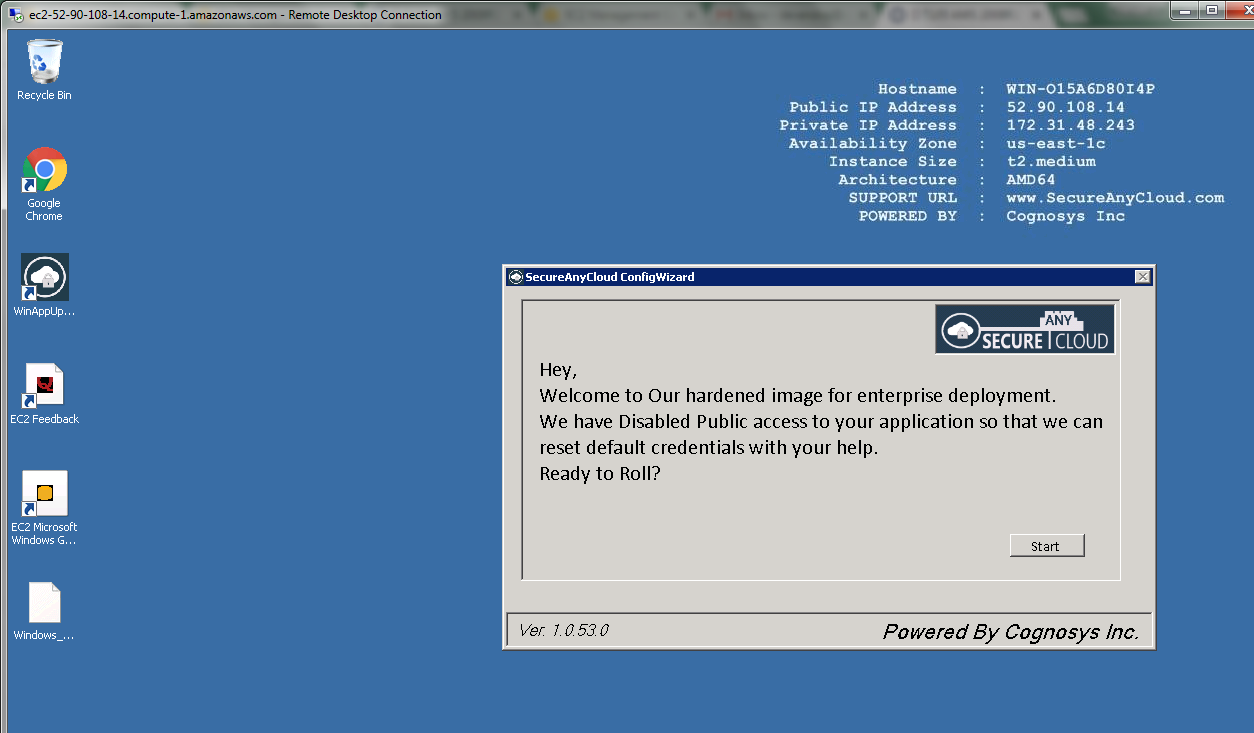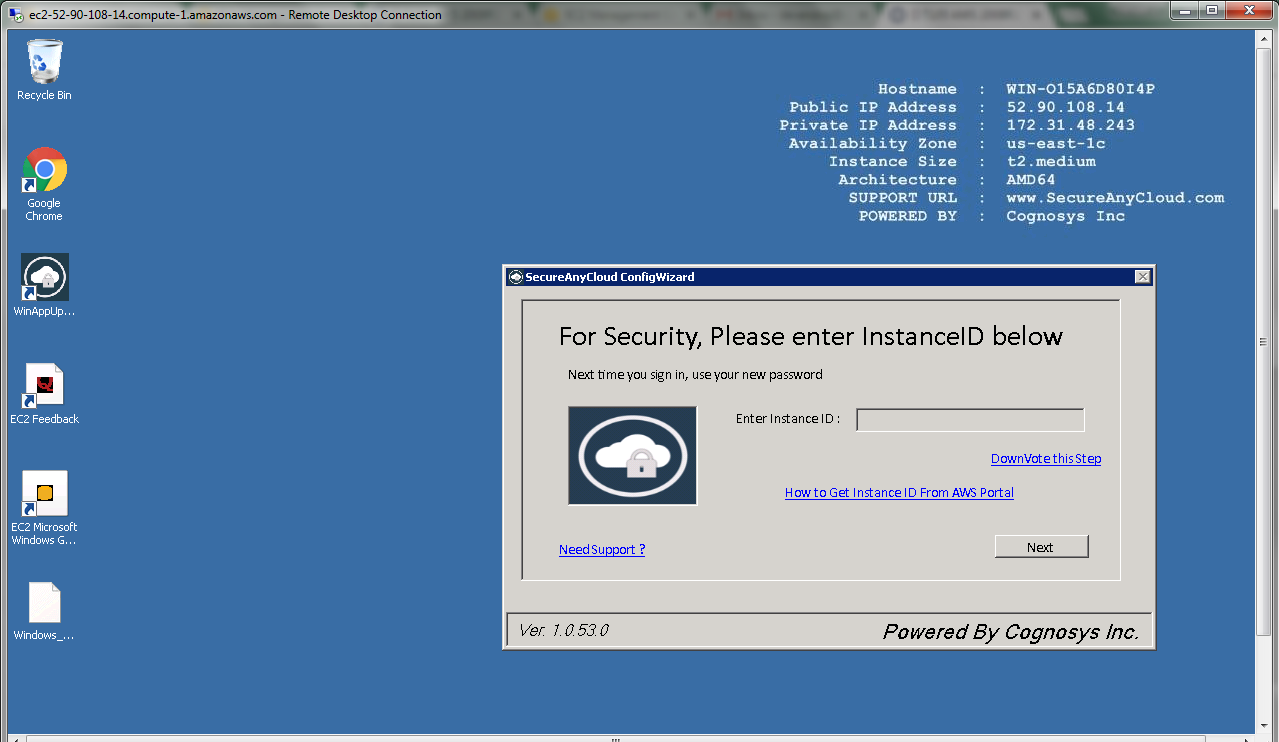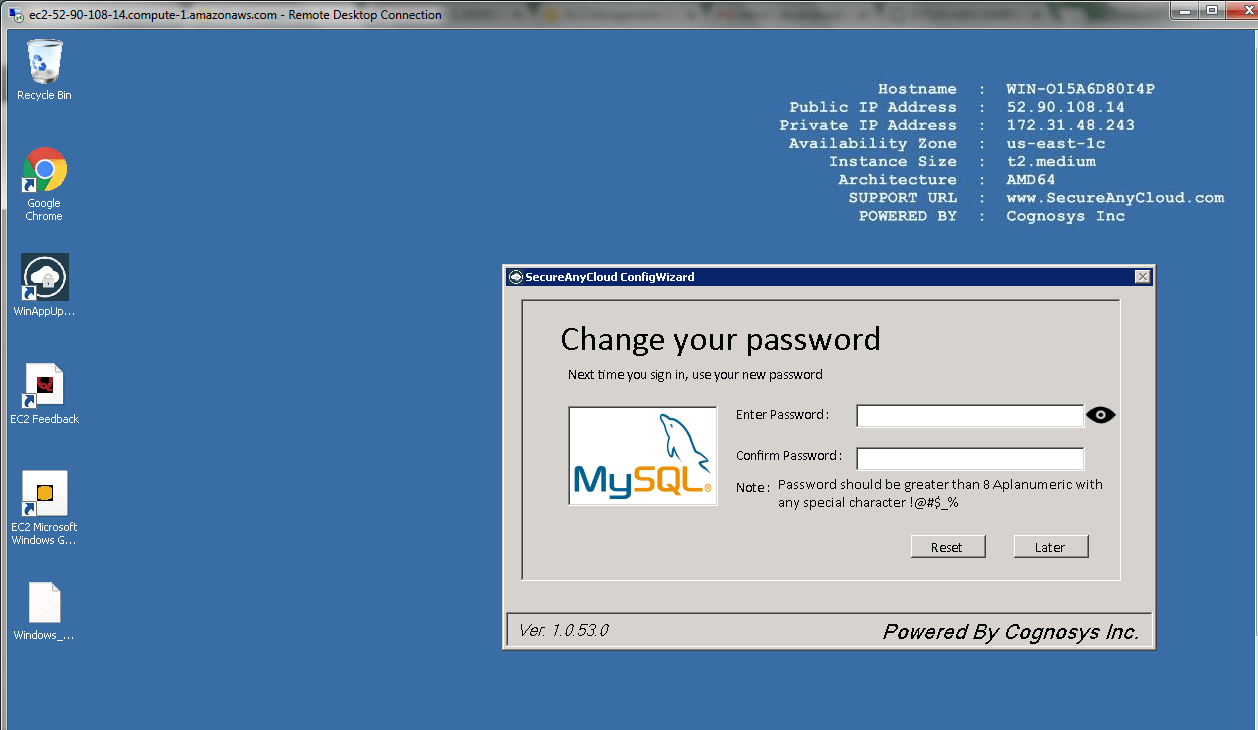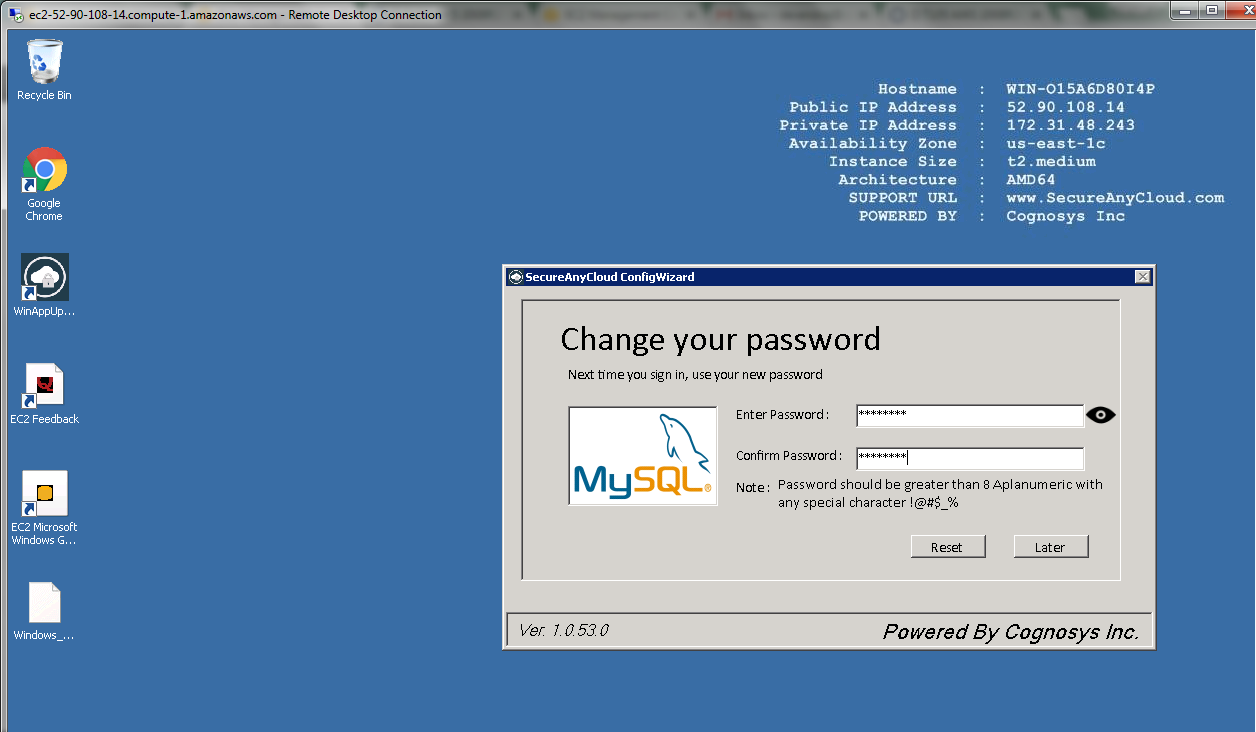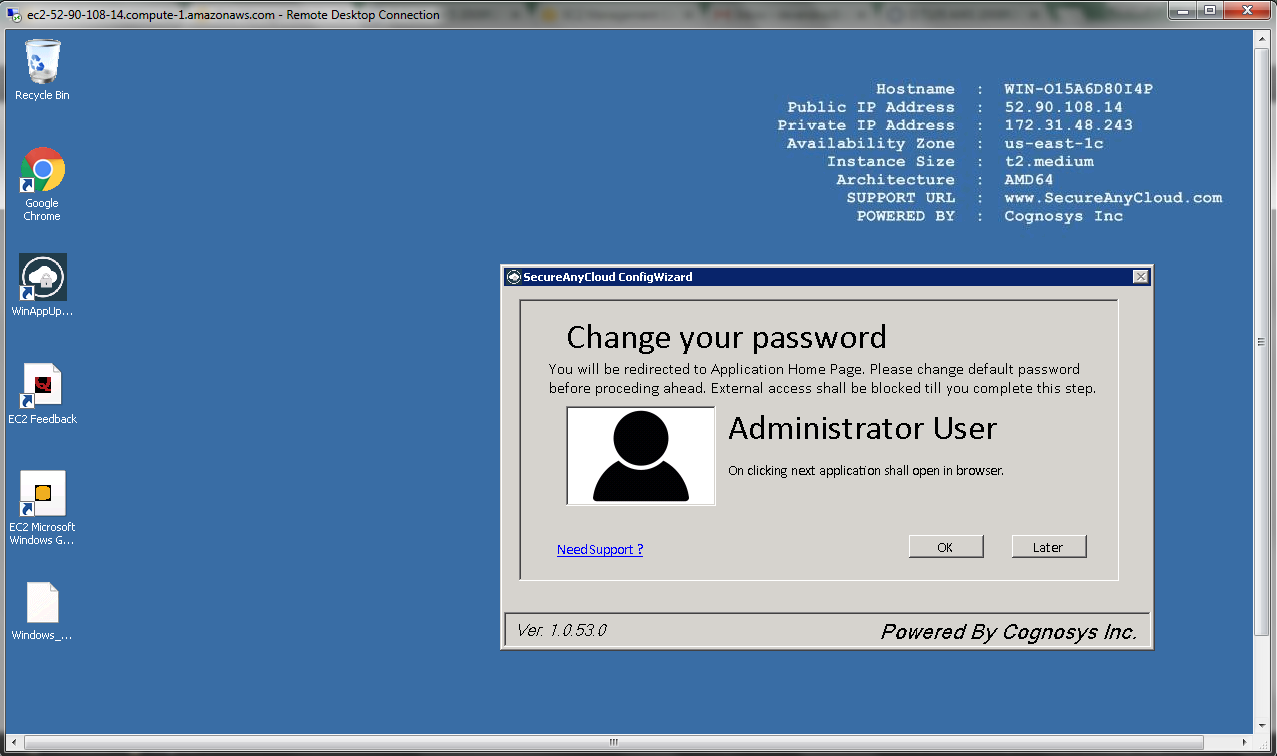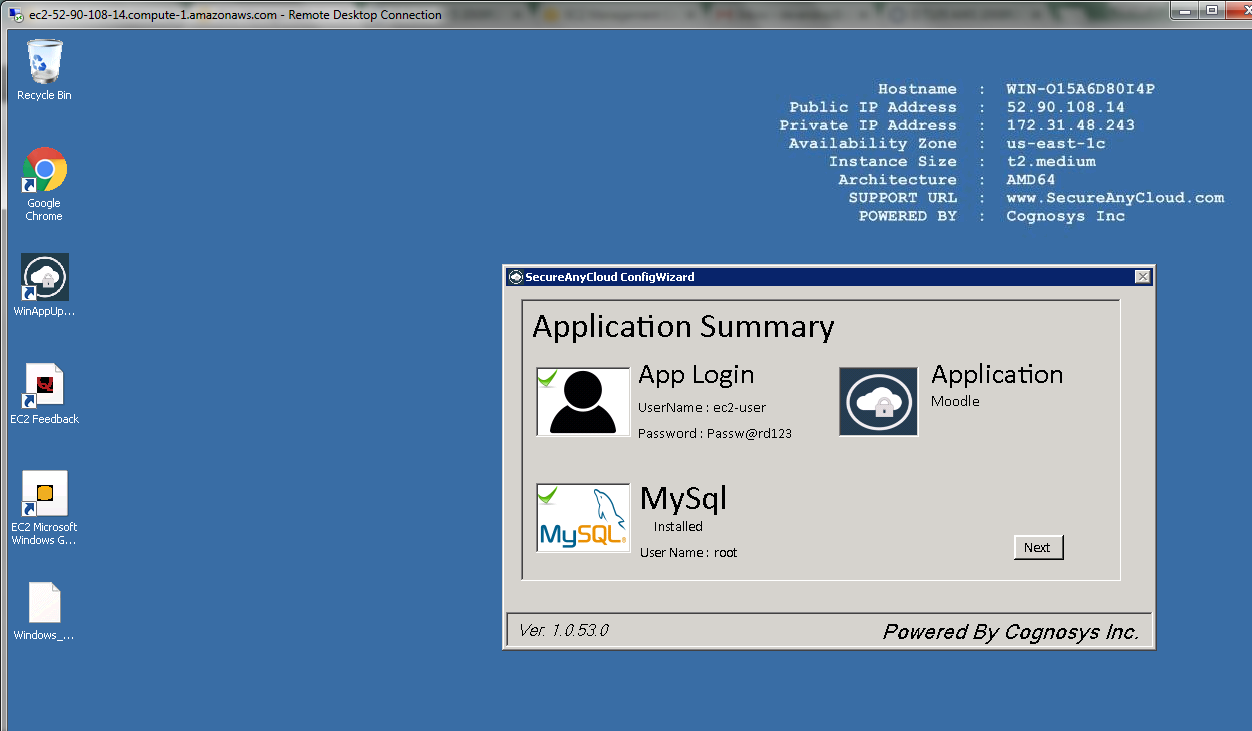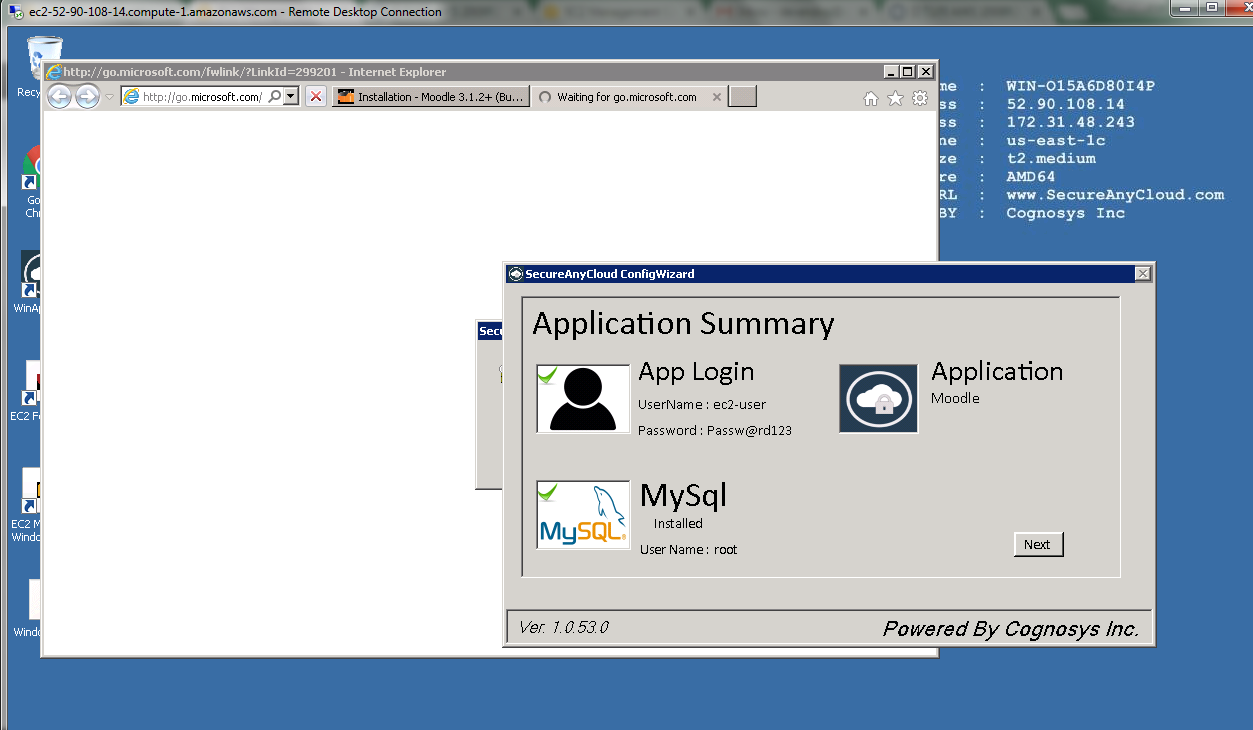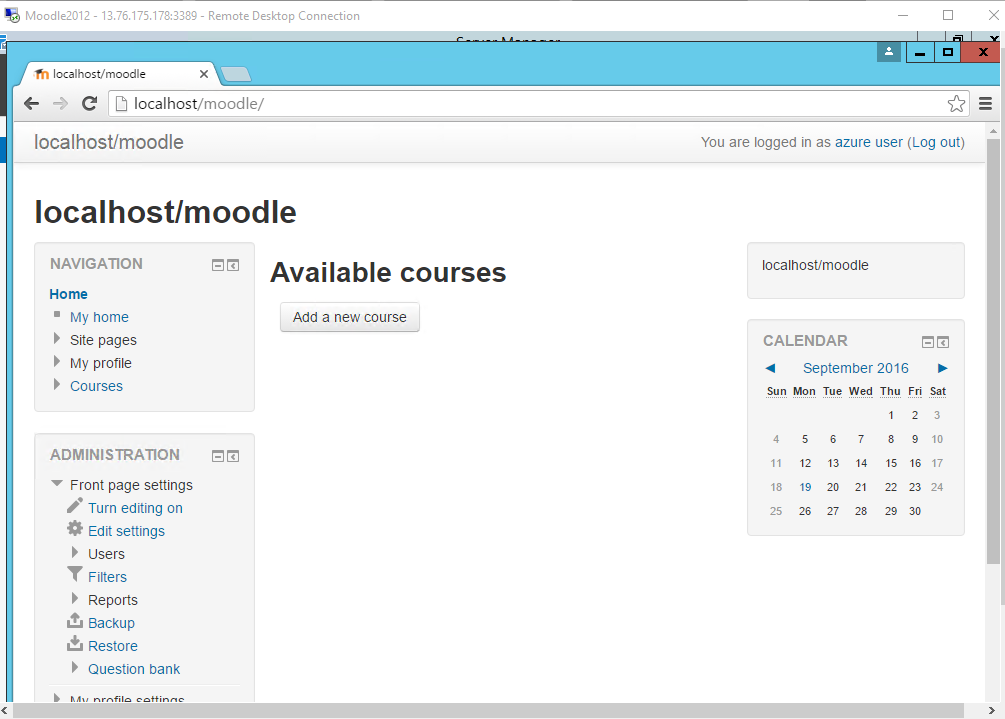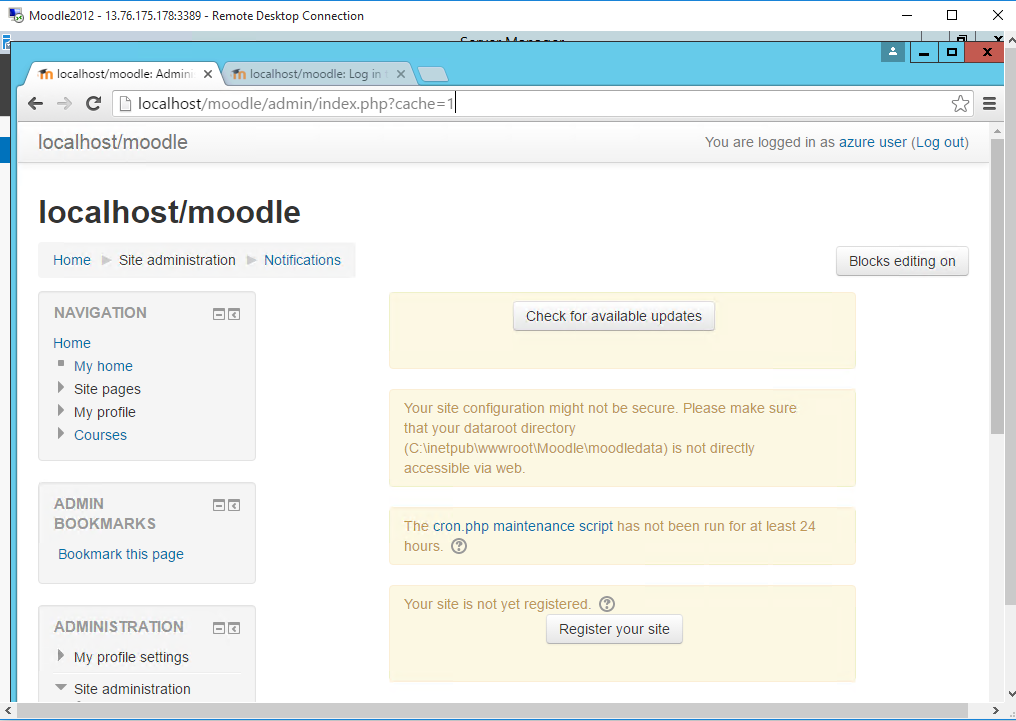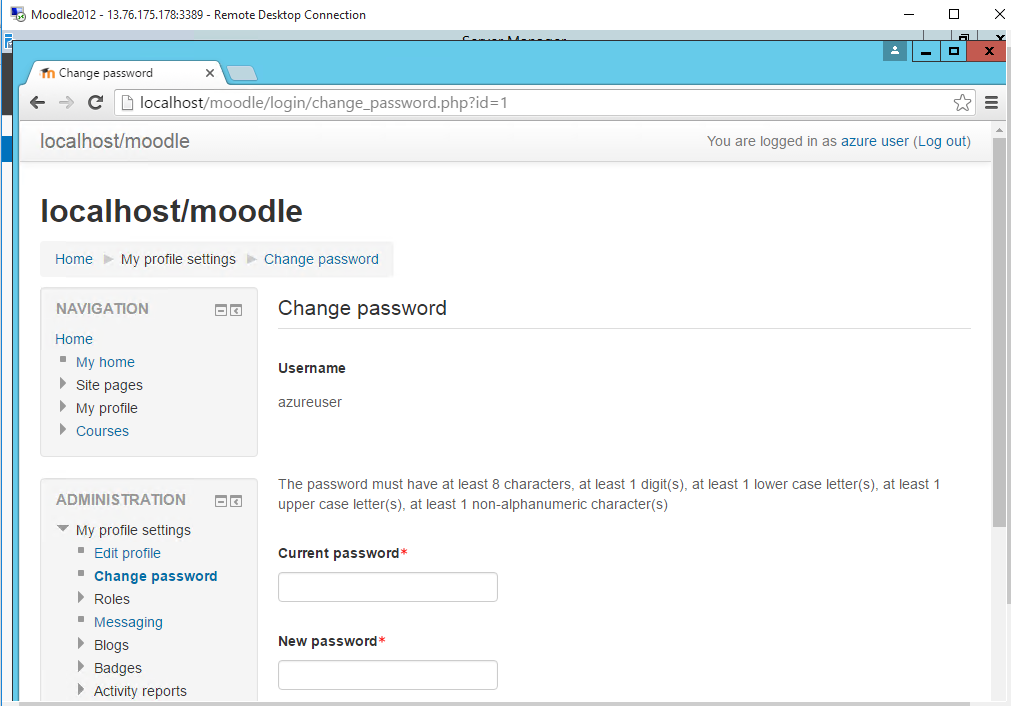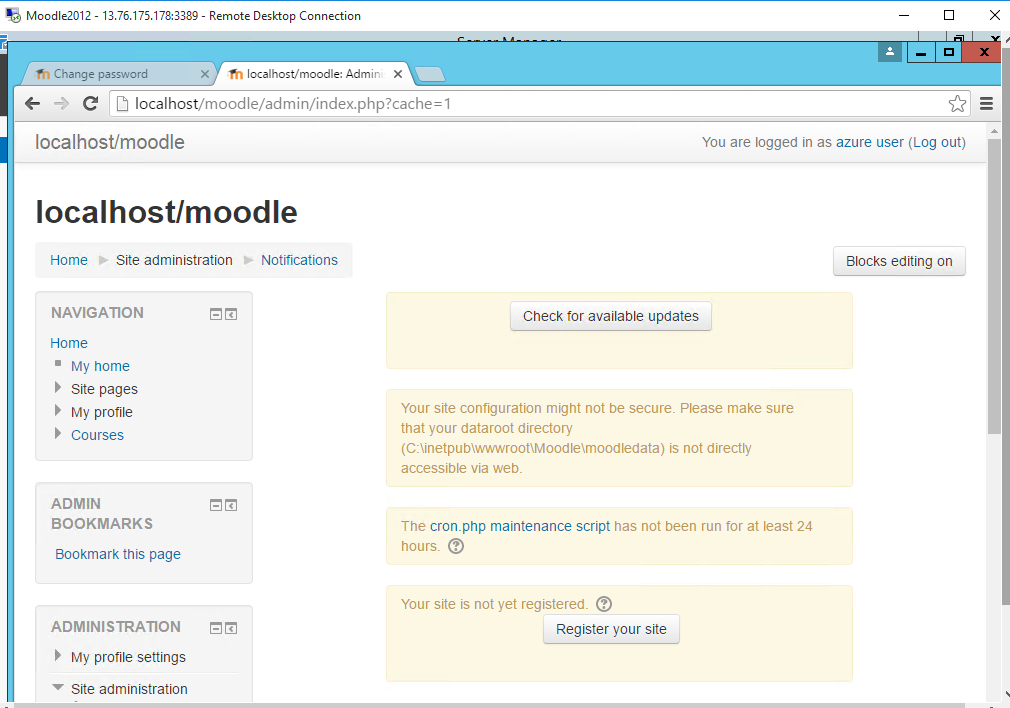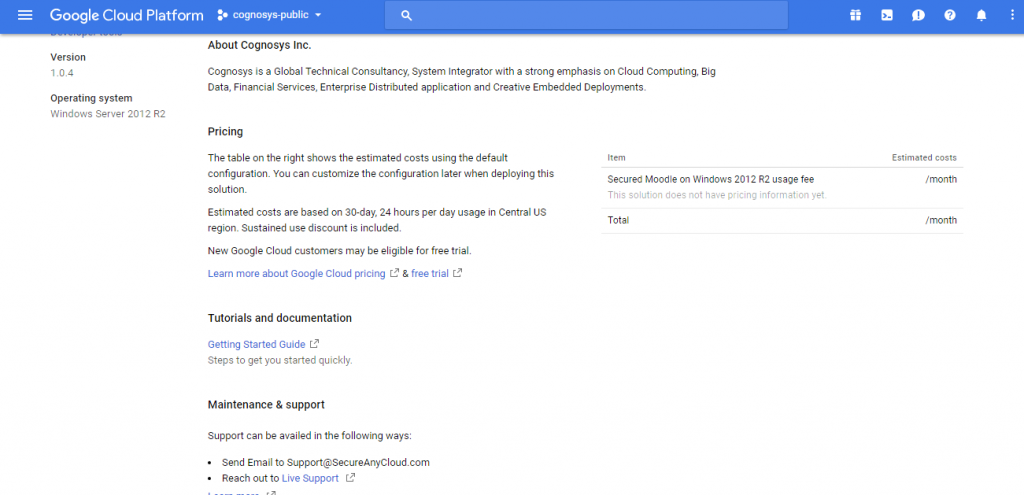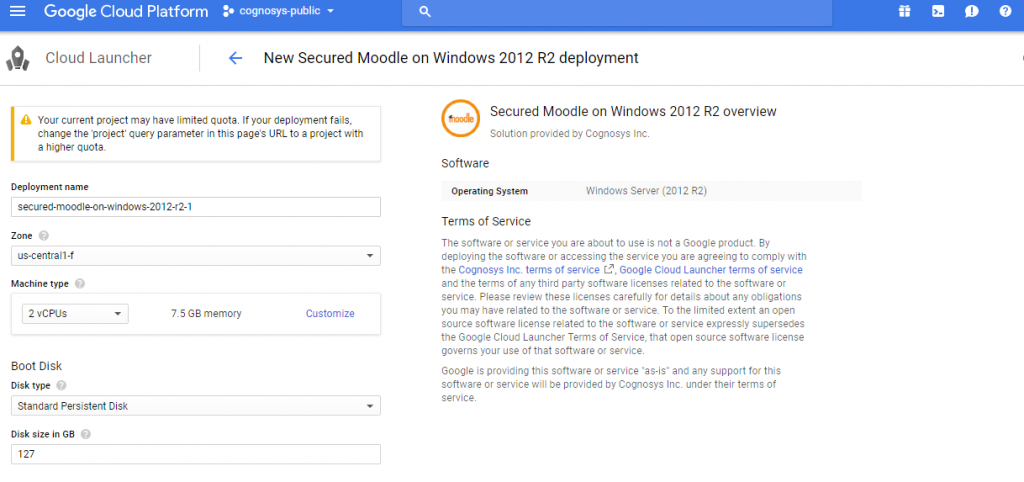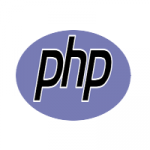1-click AWS Deployment 1-click Azure Deployment 1-click Google Deployment
Overview
Moodle®️ is owned by Moodle(https://moodle.com/) and they own all related trademarks and IP rights for this software.
Deploy LMS powered by Moodle®️ securely on cloud i.e. AWS marketplace, Azure and Google Cloud Platform (GCP)
Moodle on Cloud for AWS
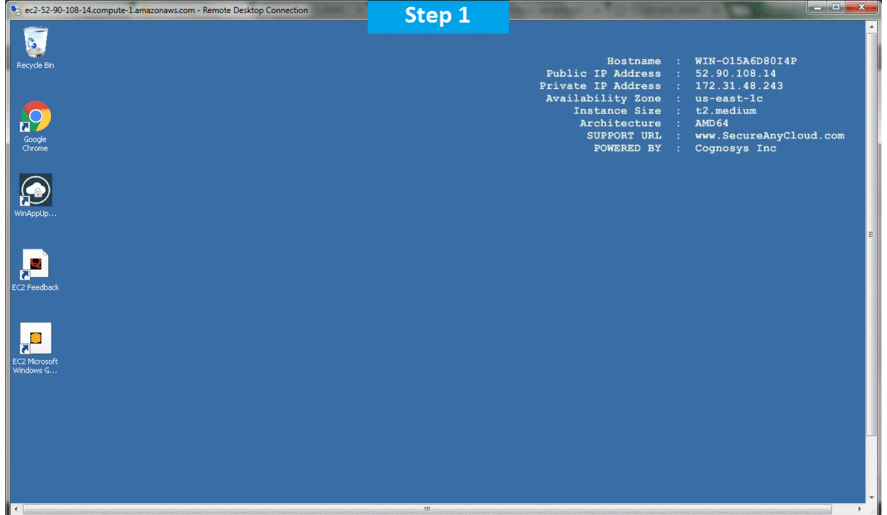
AWS
Installation Instructions For CentOS
Installation Instructions For Windows
Installation Instructions For Centos
Note: How to find PublicDNS in AWS
Step 1)SSH Connection: To connect to the deployed instance, Please follow Instructions to Connect to Centos instance on AWS Cloud
1) Download Putty.
2) Connect to the virtual machine using SSH key Refer this link:
- Hostname: PublicDNS / IP of machine
- Port : 22
Step 2) Application URL: Access the application via a browser at “http://PublicDNS/”
Step 3) Other Information:
Note: Open http://your_server_ip for test page rendered by Moodle server
1.Default installation path: will be “/var/www/html/”
2.Default ports:
- Linux Machines: SSH Port:-22
- Http: 80
- Https: 443
To troubleshoot any SELinux issues please refer this link.
3. To access Webmin interface for management please follow this link
Installation Instructions for Windows
Note: How to find PublicDNS in AWS
Step 1) RDP Connection: To connect to the deployed instance, Please follow Instructions to Connect to Windows instance on AWS Cloud
Connect to the virtual machine using following RDP credentials:
- Hostname: PublicDNS / IP of machine
- Port : 3389
Username: To connect to the operating system, use RDP and the username is Administrator.
Password: Please Click here to know how to get password .
Step 2) Database Login Details:
- Mysql Username : root || Mysql Password : Passw@rd123
Step 3) Application URL: Access the application via a browser at http://PublicDNS/moodle.
1. To login to Moodle Administrative Panel, you need to open your browser and navigate to http://PublicDNS/moodle/admin
2. You can configure your stack by following below installation instructions click here.
Step 4) Other Information:
1.Default installation path: will be in your web root folder “C:\inetpub\wwwroot\moodle”
2.Default ports:
- Windows Machines: RDP Port – 3389
- Http: 80
- Https: 443
- Mysql ports: By default these are not open on Public Endpoints. Internally Mysql :3306
Configure custom inbound and outbound rules using this link
AWS Step By Step Screenshots
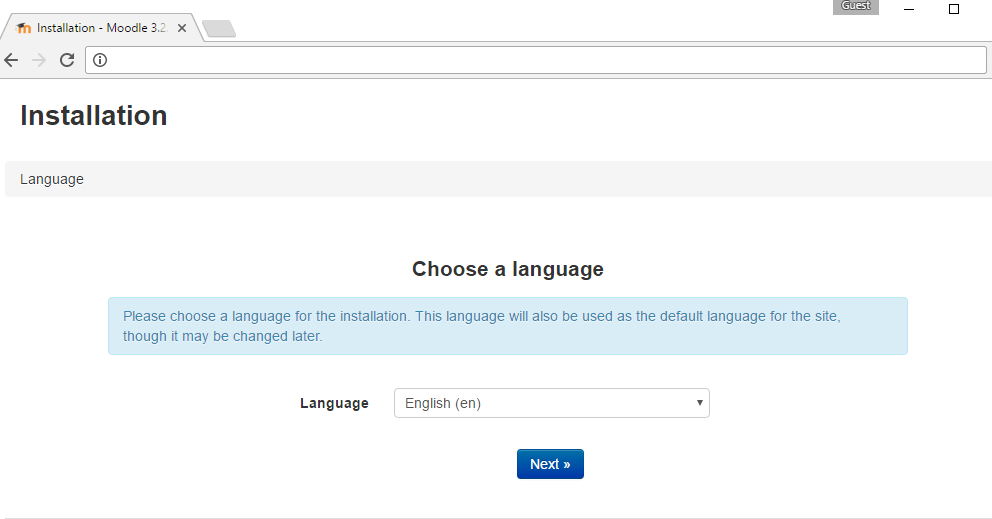
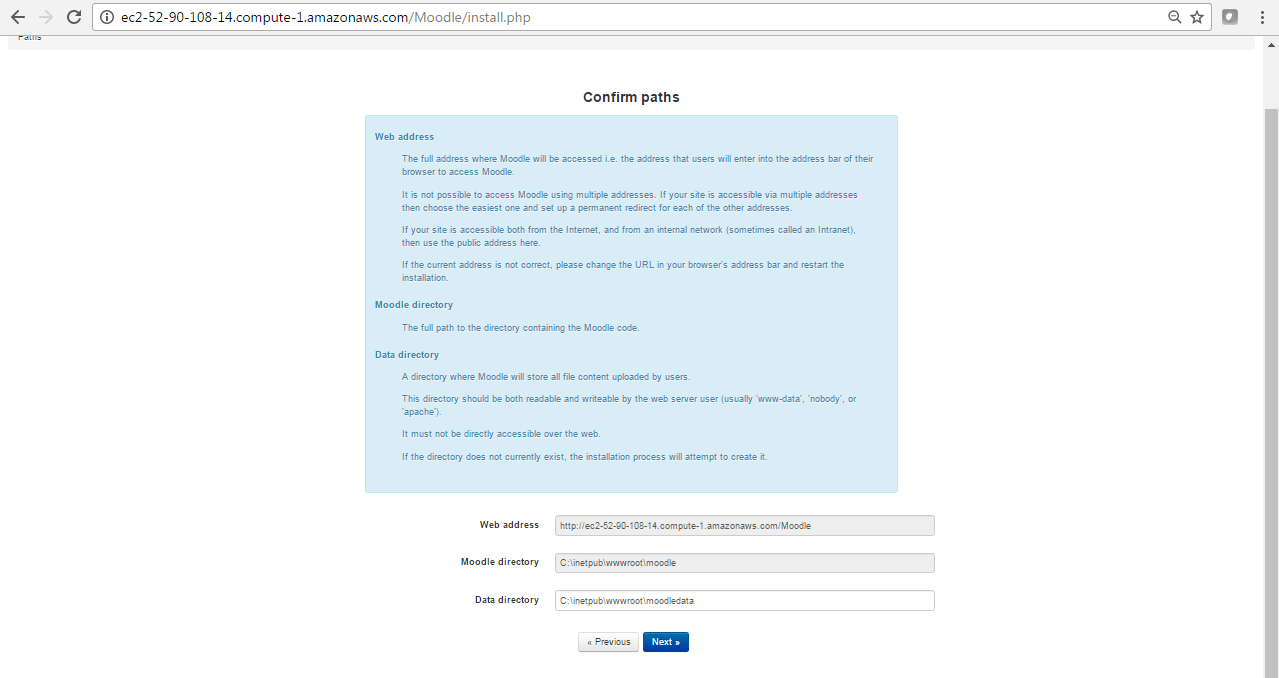


Azure
- Installation Instructions For Ubuntu
- Installation Instructions For Centos
- Installation Instructions For Windows
Installation Instructions For Ubuntu
Note: How to find PublicDNS in Azure
Step 1) SSH Connection: To connect to the deployed instance, Please follow Instructions to Connect to Ubuntu instance on Azure Cloud
1) Download Putty.
2) Connect to the virtual machine using following SSH credentials:
- Hostname: PublicDNS / IP of machine
- Port: 22
Username: Your chosen username when you created the machine ( For example: Azureuser)
Password: Your Chosen Password when you created the machine ( How to reset the password if you do not remember)
Step 2) Database LoginDetails:
- MYSQL Username : root || Password : Passw@rd123
Note: For Stack Database DB moodle with user moodle and password Passw@rd123 has already been created.Please use this database for you Stack Configuration.
Data path to use in configuration is /var/www/moodledata
After configuration change ownership with chown -R root /var/www/html/
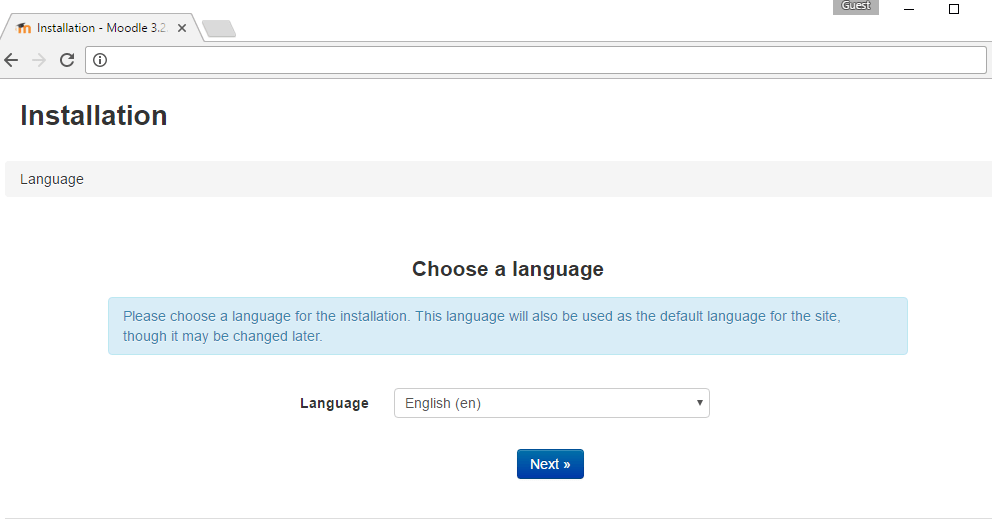
Step 3) Application URL: Access the application via a browser at http://PublicDNS/
Step 4) Other Information:
1.Default installation path: will be in your web root folder “/var/www/html/”
2.Default ports:
- Linux Machines: SSH Port – 22
- Http: 80
- Https: 443
- MySQL ports: By default these are not open on Public Endpoints. MySQL :3306
Configure custom inbound and outbound rules using this link
3. To access Webmin interface for management please follow this link
Installation Instructions For Centos
Note: How to find PublicDNS in Azure
Step 1) SSH Connection: To connect to the deployed instance, Please follow Instructions to Connect to Centos instance on Azure Cloud
1) Download Putty.
2) Connect to virtual machine using following SSH credentials :
- Host name: PublicDNS / IP of machine
- Port : 22
Username: Your chosen username when you created the machine ( For example: Azureuser)
Password : Your Chosen Password when you created the machine ( How to reset the password if you do not remember)
Step 2 ) Database Login Details::
- MYSQL Username : root || Password : Passw@rd123
Note: For Stack Database: DB moodle with user moodle and password Passw@rd123 has already been created.Please use this database for you Stack Configuration.
Data path to use in configuration is /var/www/moodledata
After configuration change ownership with chown -R root /var/www/html/
Step 3 )Application URL: Access the application via a browser at http://PublicDNS/
Step 4 )Other Information:
1.Default installation path: will be in your web root folder “/var/www/html/”
2.Default ports:
- Linux Machines: SSH Port – 22
- Http: 80
- Https: 443
- MySQL ports: By default these are not open on Public Endpoints. MySQL :3306
Configure custom inbound and outbound rules using this link
3. To access Webmin interface for management please follow this link
Installation Instructions For Windows
Note: How to find PublicDNS in Azure
Step1 ) RDP Connection: To connect to the deployed instance, Please follow Instructions to Connect to Windows instance on Azure Cloud
Connect to virtual machine using following RDP credentials:
- Hostname: PublicDNS / IP of machine
- Port : 3389
Username: Your chosen username when you created the machine ( For example: Azureuser)
Password : Your Chosen Password when you created the machine ( How to reset the password if you do not remember)
Step 2) Database Login Details:
- MYSQL Username: root || Password: Passw@rd123
Note : For Stack Database DB moodledb248 with user :- moodleuser18 and password :- EFe|LnuNI_|_ has already been created. Please use this database for you Stack Configuration.
Kindly Create New Database if Required.
Step 3) Application URL: Access the application via a browser at “http://PublicDNS/”
Step 4) Other Information
1.Default installation path: will be “C:\inetpub\wwwroot\”
2.Default ports:
- Windows Machines: RDP Port – 3389
- Http: 80
- Https: 443
- Mysql ports: By default these are not open on Public Endpoints. Internally Mysql :3306
Configure custom inbound and outbound rules using this link
Step by Step Screenshots
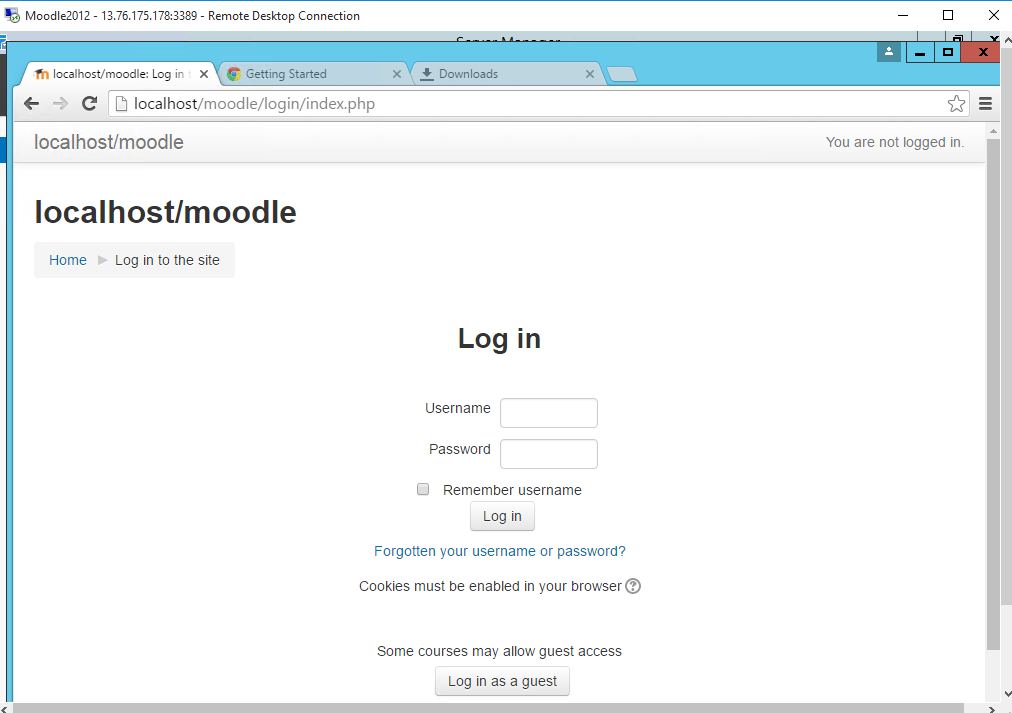
- Installation Instructions For Windows
- Installation Instructions For Redhat
- Installation Instructions For CentOS
Installation Instructions for Windows
Step 1) VM Creation:
- Click the Launch on Compute Engine button to choose the hardware and network settings.
2.You can see at this page, an overview of Cognosys Image as well as estimated cost of running the instance.
3.In the settings page, you can choose the number of CPUs and amount of RAM, the disk size and type etc.
Step 2) RDP Connection: To initialize DB settings connect to the deployed instance, Please follow Instructions to Connect to Windows instance on Google Cloud
Step 3) Database Login Details:
The below screen appears after successful deployment of the image.
For local MySQL root password, please use the temporary password generated automatically during image creation as shown above.
i) Please connect to Remote Desktop as given in step 2 to ensure stack is properly configured and DB is initialized.
ii) You can use MySQL server instance as localhost, username root and password as shown above.
If you have closed the deployment page you can also get the MySQL root password from VM Details “Custom metadata” Section.
Step 4) Application URL: Access the application via a browser at “http://PublicDNS/moodle”
Please use MySQL root user with the password set during deployment or refer to metadata field value of the instance for the password.

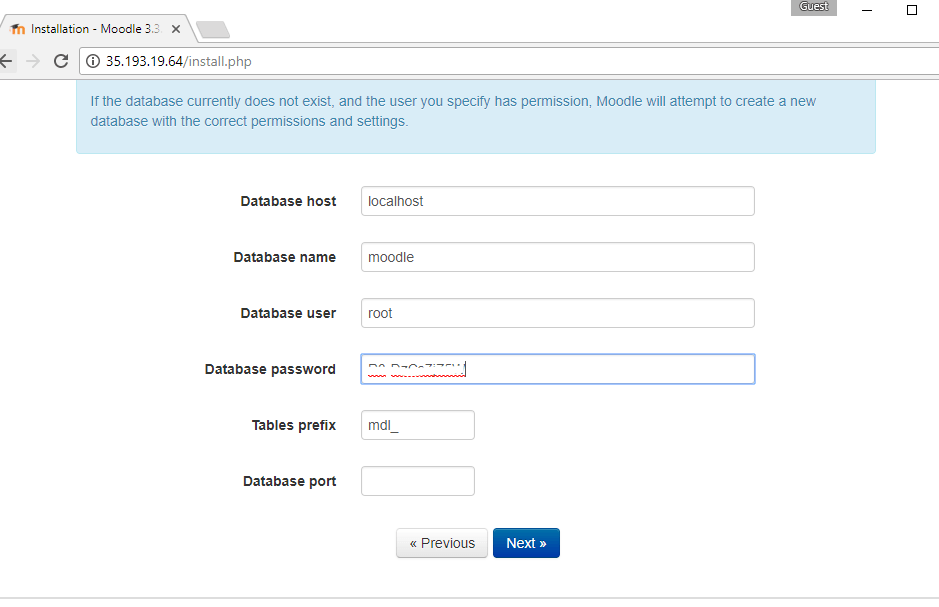
After completing the configuration you can download the config.php files and copy it in C:\inetpub\wwwroot\moodle\
Step 5) Other Information
1.Default installation path: will be “C:\inetpub\wwwroot\moodle”
2.Default ports:
- Windows Machines: RDP Port – 3389
- Http: 80
- Https: 443
- Mysql ports: By default, these are not open on Public Endpoints. Internally Mysql:3306
Installation Instructions For Redhat
Step 1) VM Creation:
- Click the Launch on Compute Engine button to choose the hardware and network settings.

2.You can see at this page, an overview of Cognosys Image as well as some estimated costs of VM. 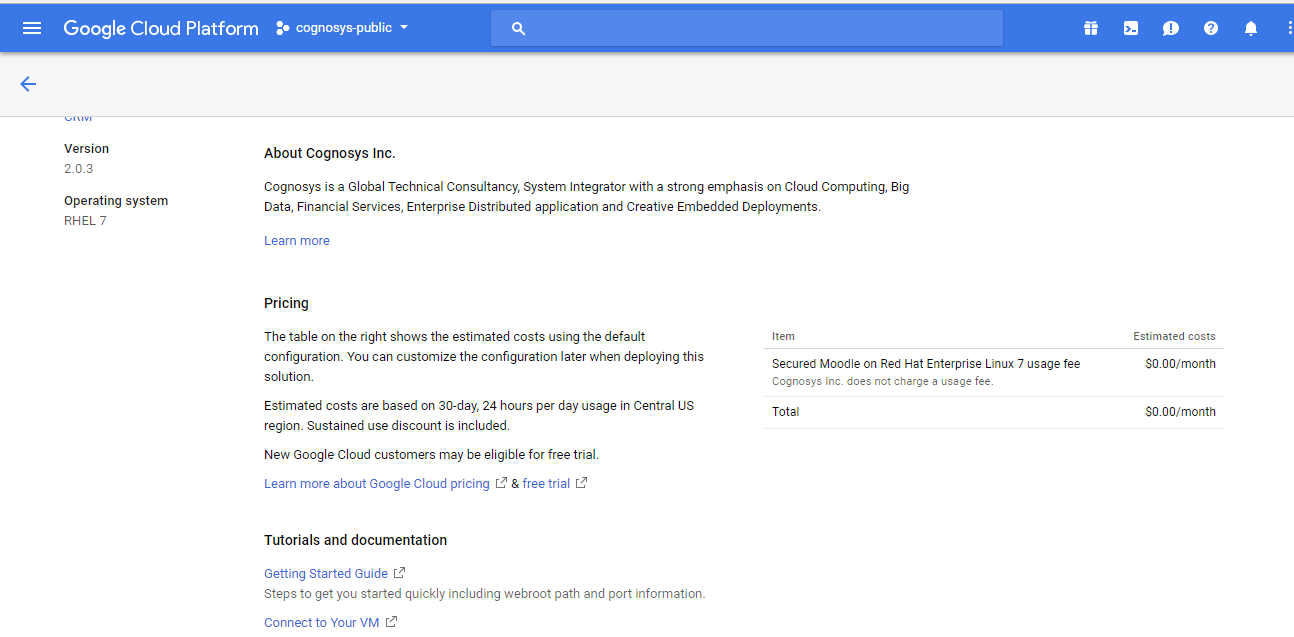
3.In the settings page, you can choose the number of CPUs and amount of RAM, the disk size and type etc.

Step 2) SSH Connection: To connect to the deployed instance, Please follow Instructions to Connect to Ubuntu instance on Google Cloud
1) Download Putty.
2) Connect to the virtual machine using SSH key
- Hostname: PublicDNS / IP of machine
- Port : 22
Step 3) Database Login Details:
The below screen appears after successful deployment of the image.
For local MySQL root password, please use the temporary password generated automatically during image creation as shown above.
i) Please connect to Remote Desktop as given in step 2 to ensure stack is properly configured and DB is initialized.
ii) You can use MySQL server instance as localhost, username root and password as shown above.
If you have closed the deployment page you can also get the MySQL root password from VM Details “Custom metadata” Section
Step 4) Application URL: Access the application via a browser at http://<yourip>/moodle
A) You will see the page where you can configure your site data with site name, moodle admin name etc.
B) On next page you will see configuration success message.
C) You can login to the moodle admin portal with the moodle username and its generated password from point A shown above.
D) You can access the configured site at http://yourIP/moodle
Step 5) Other Information:
1.Default ports:
- Linux Machines: SSH Port – 22
2. To access Webmin interface for management please follow this link
Installation Instructions For CentOS
Step 1) SSH Connection: To connect to the deployed instance, Please follow Instructions to Connect to CentOS instance on Google Cloud
1) Download Putty.
2) Connect to virtual machine using following SSH credentials:
- Hostname: PublicDNS / IP of machine
- Port : 22
Videos
Secured Moodle on Ubuntu 14.04 LTS
Moodle Course Development

